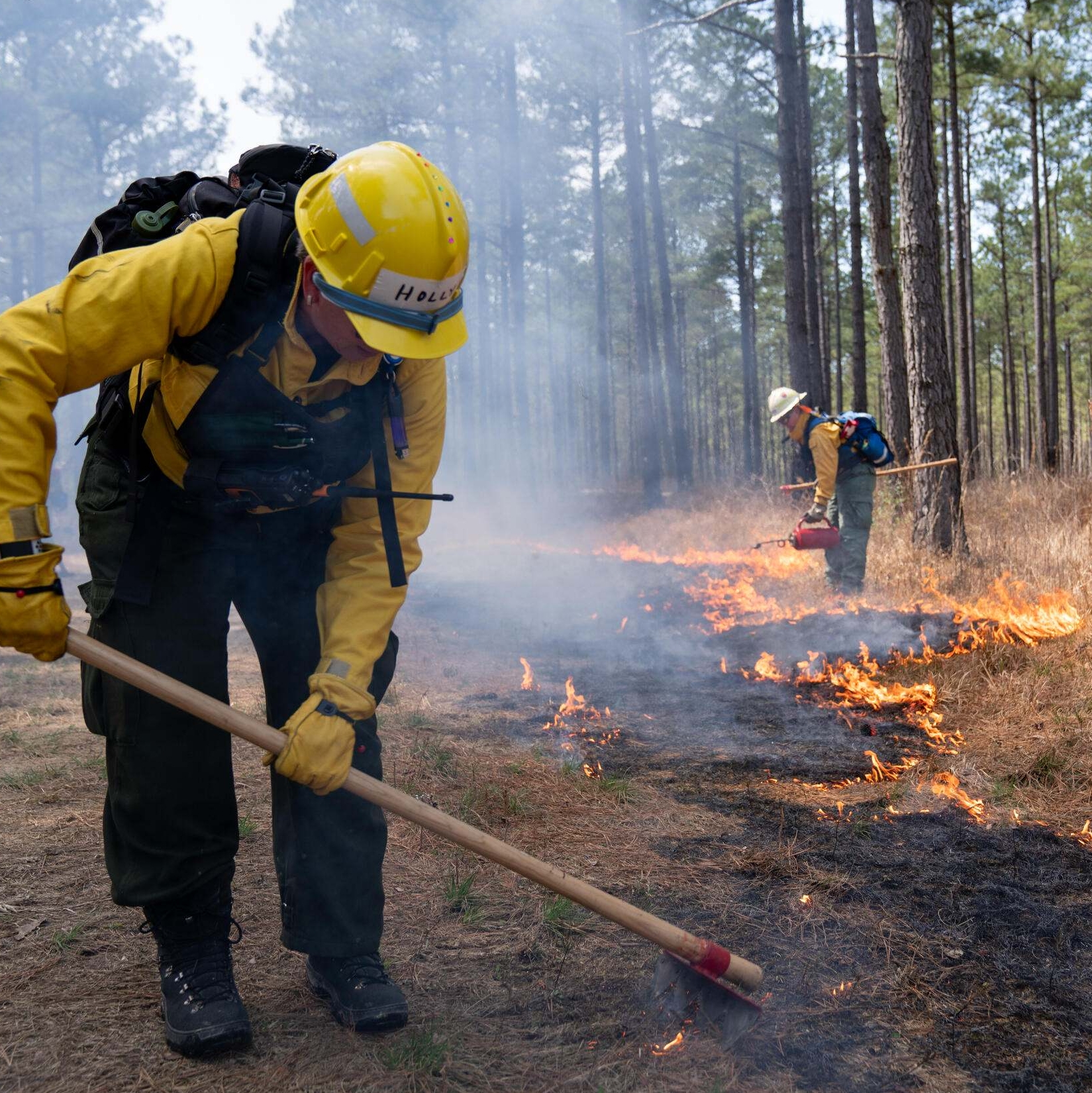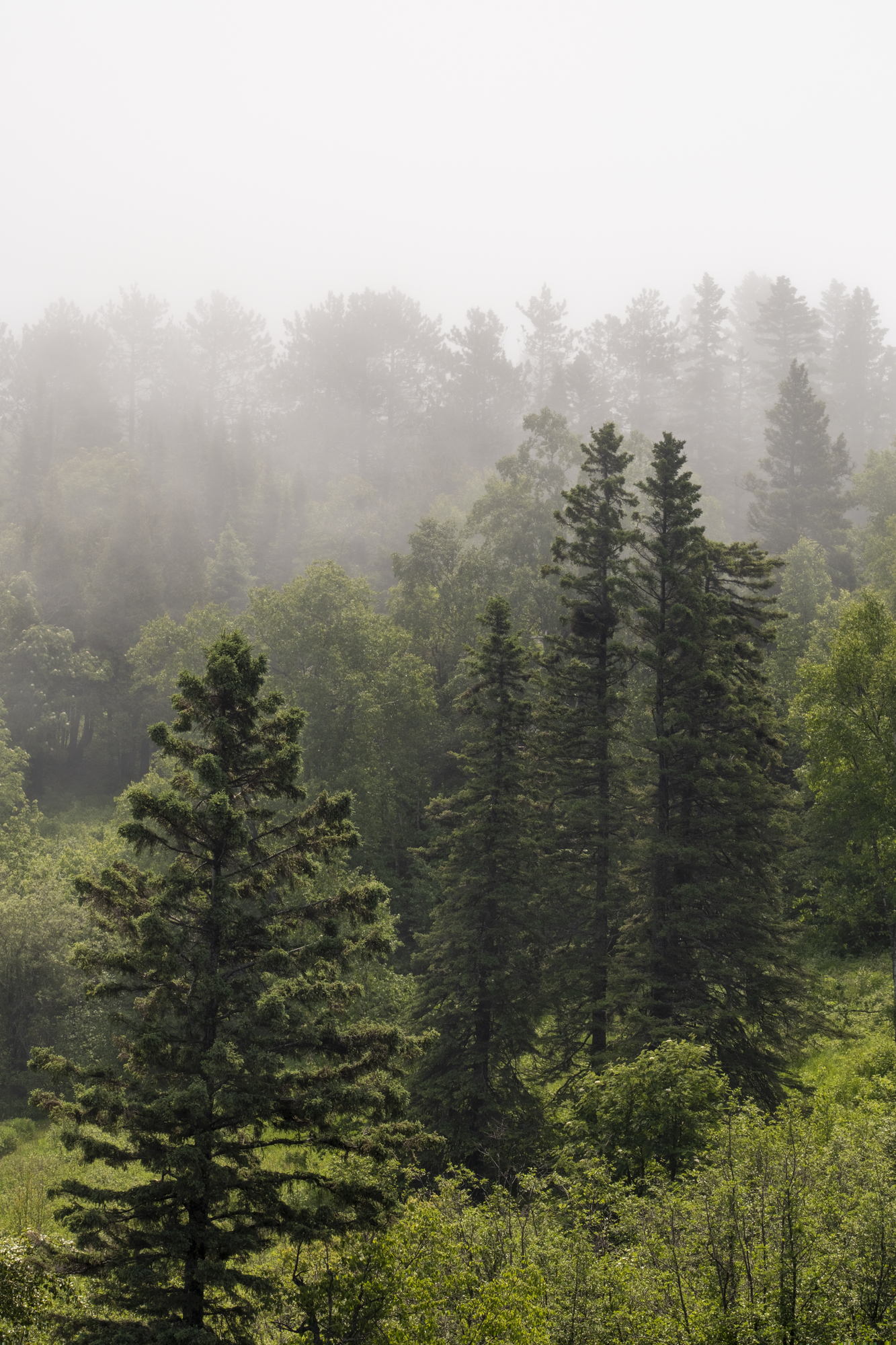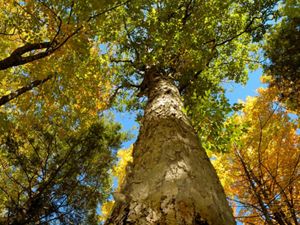Minnesota’s trees and forests enrich our lives in so many ways. Beyond their visual splendor, they provide shade, wildlife habitat and places to hike, hunt and enjoy the outdoors. They are nature’s own water purification system, absorbing pollutants and trapping sediment, protecting our lakes, rivers and our drinking water.
Trees absorb carbon dioxide from the atmosphere and store it for hundreds and even thousands of years. They also provide timber products, food and medicine, and generate jobs and economic opportunities.
Our Work in Minnesota Forests
-
10.7M
trees planted since 2005.
-
300K+
seedlings planted in the area burned by the 2021 Greenwood wildfire.
-
156
miles of shoreline restored along rivers and streams.
-
5,784
acres of forest burned using prescribed fire since 2023.
But like other forests in North America, Minnesota’s forests are in trouble. These lands are the past and current homelands of the Anishinabewaki, Bdewakantuwan, Ochethi Sakowin and Sisseton. Stewardship by the Indigenous inhabitants of the Northwoods helped sustain a healthy forest, and their descendants continue to do so today. In the early 1800s, 31.5 million acres of forest covered the area that is now Minnesota. Today, that number has been reduced by nearly half, with less than 18 million acres of forest.






Over the 19th and 20th centuries, logging, slash burning, wildfires and modern harvesting practices brought by European settlers dramatically changed the state’s forests. They have become greatly simplified in the diversity of tree species and age. This makes our forests less resilient and more vulnerable to stresses like invasive species, disease and insect infestations and changes in the climate.
How We're Helping
-
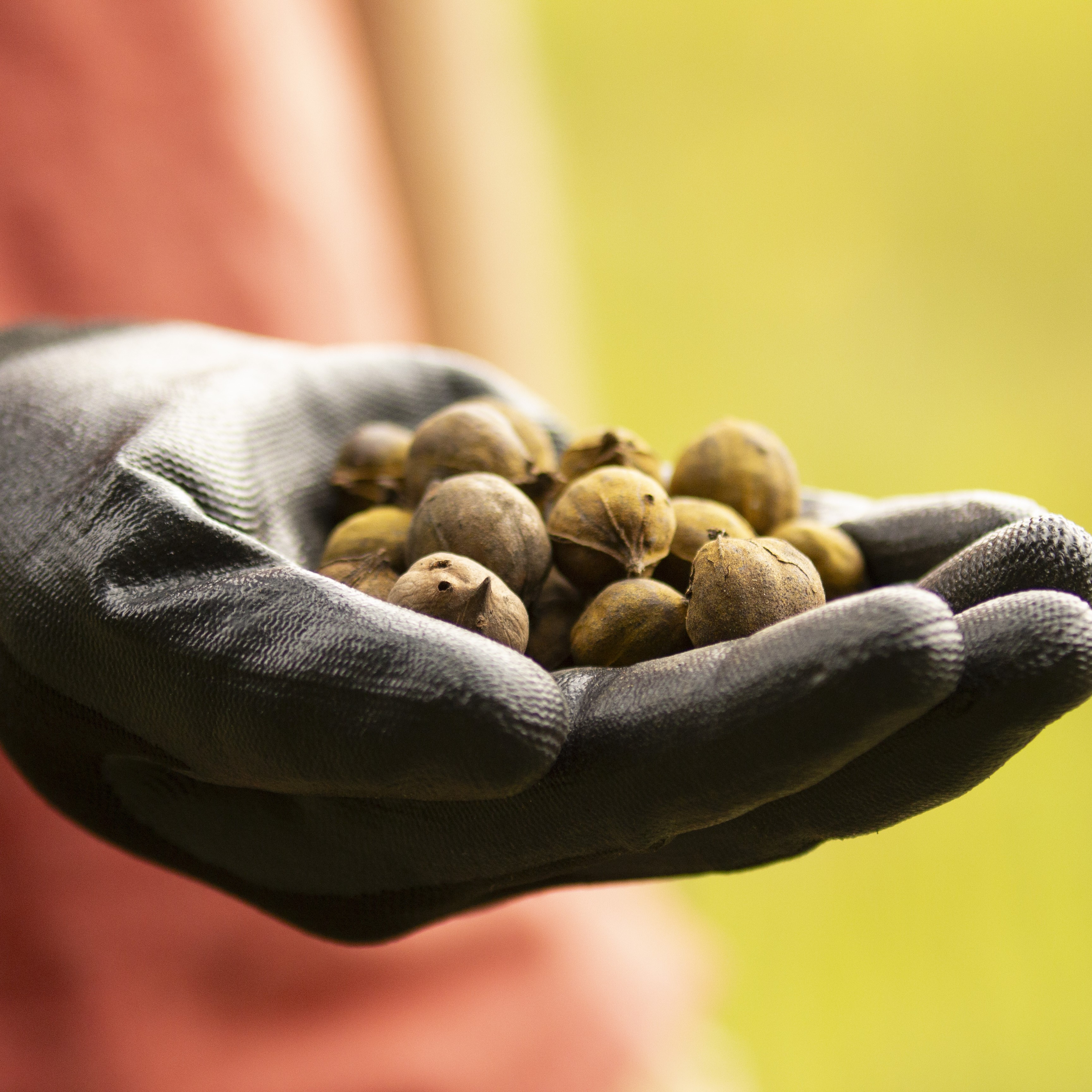
Increasing seed and seedling supply.
In order to restore forests for the future, we need to make sure we are collecting enough seed and producing enough seedlings today. Learn more
-
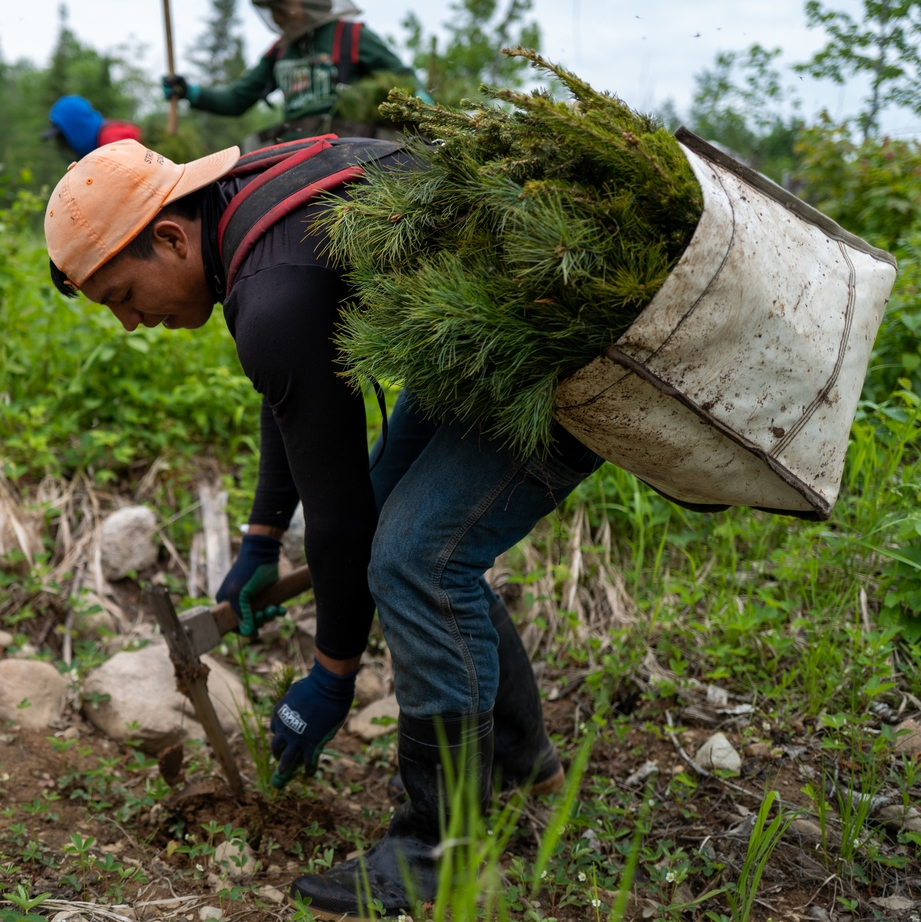
Planting and tending trees.
We work with forest managers and government agencies to plant a diverse mix of hundreds of thousands of seedlings every year, and we care for those seedlings to make sure they are thriving. Learn more
-
Returning fire to the woods.
Prescribed burning is an essential tool to maintain the health and diversity of our forests and reduce the risk of catastrophic wildfire.
-

Protecting existing forest.
We conserve forest through conservation easements and acquisition. Learn more
-
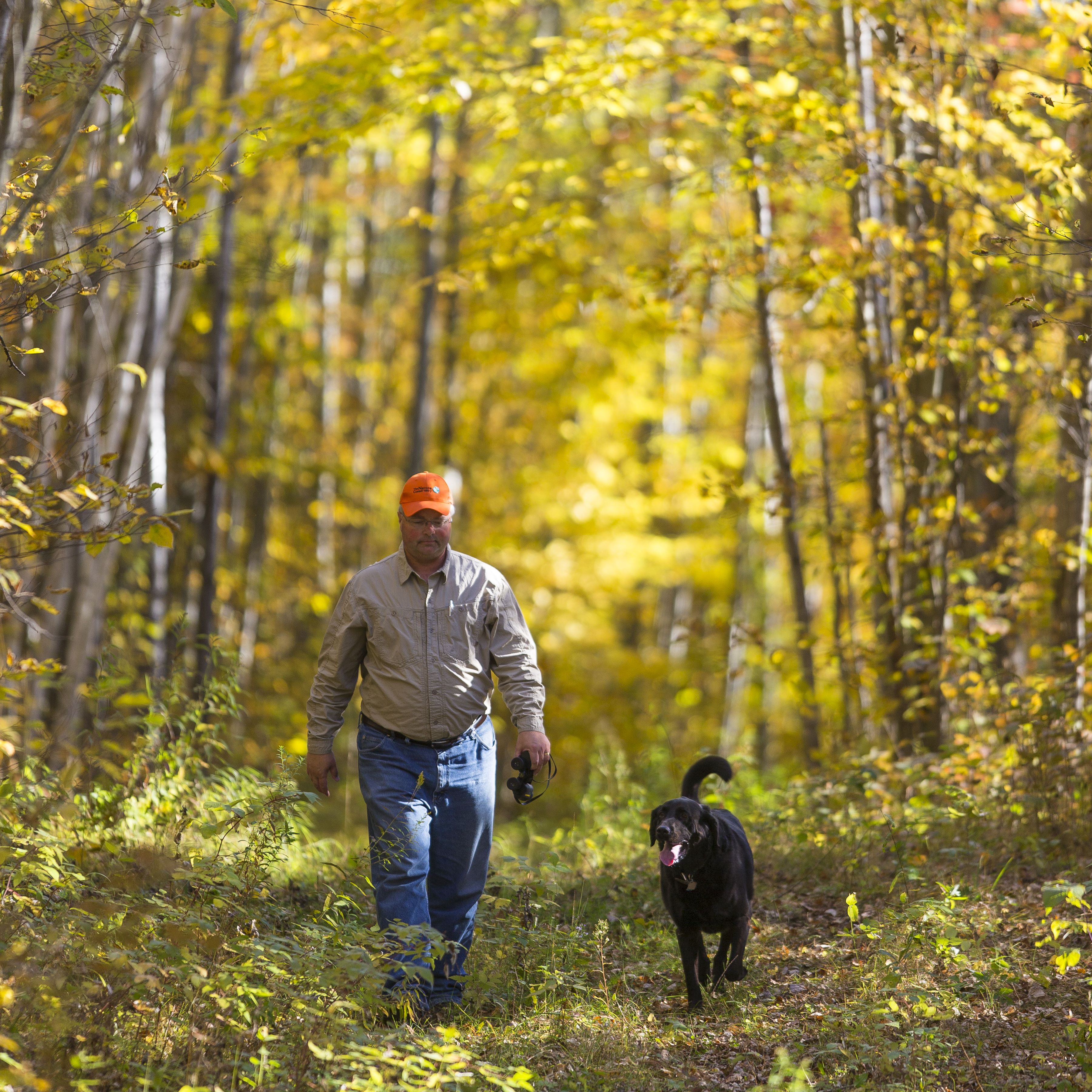
Advocating for healthy forests.
We’re helping advance public funding and policy for forest restoration. Learn more
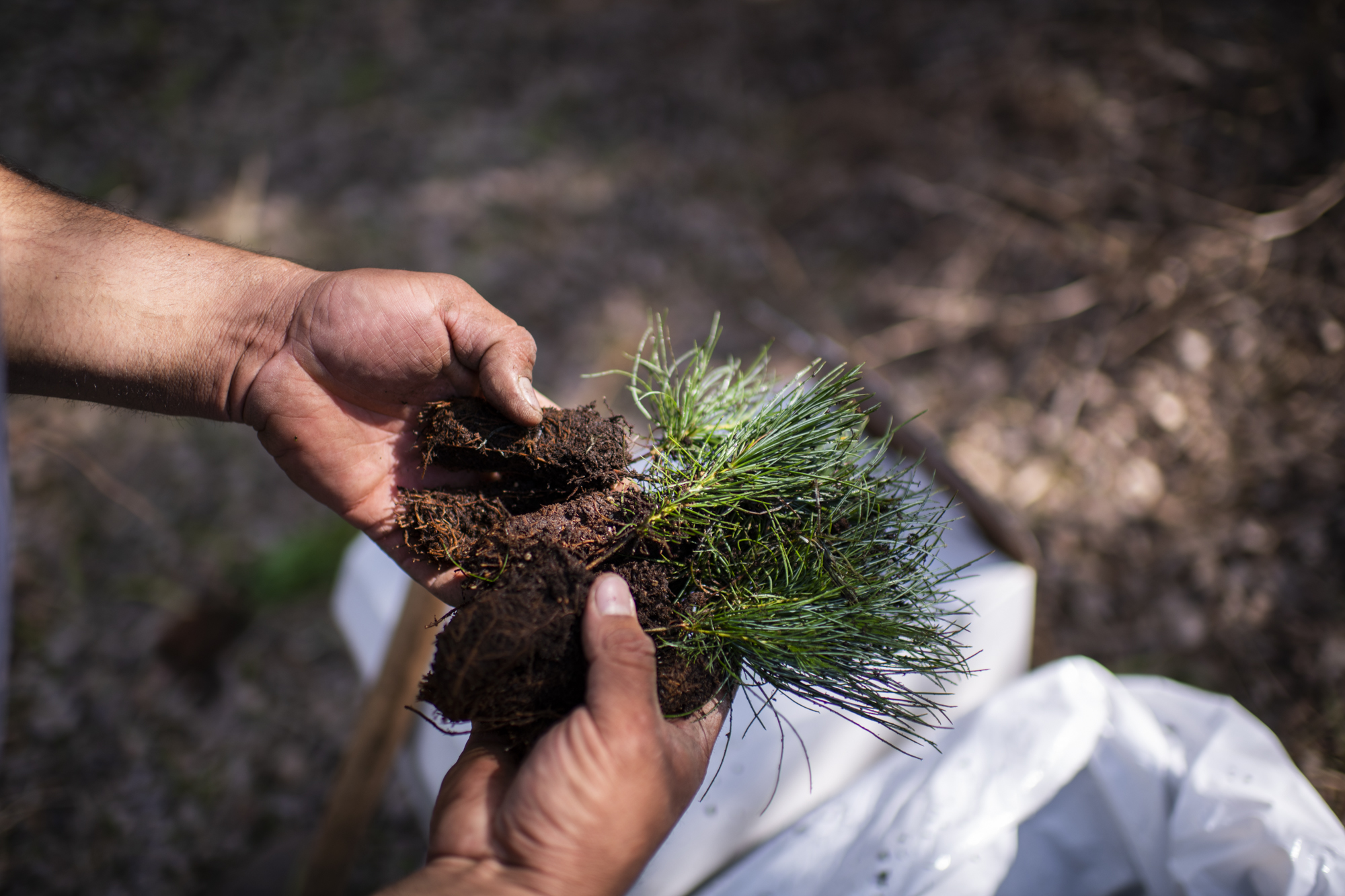
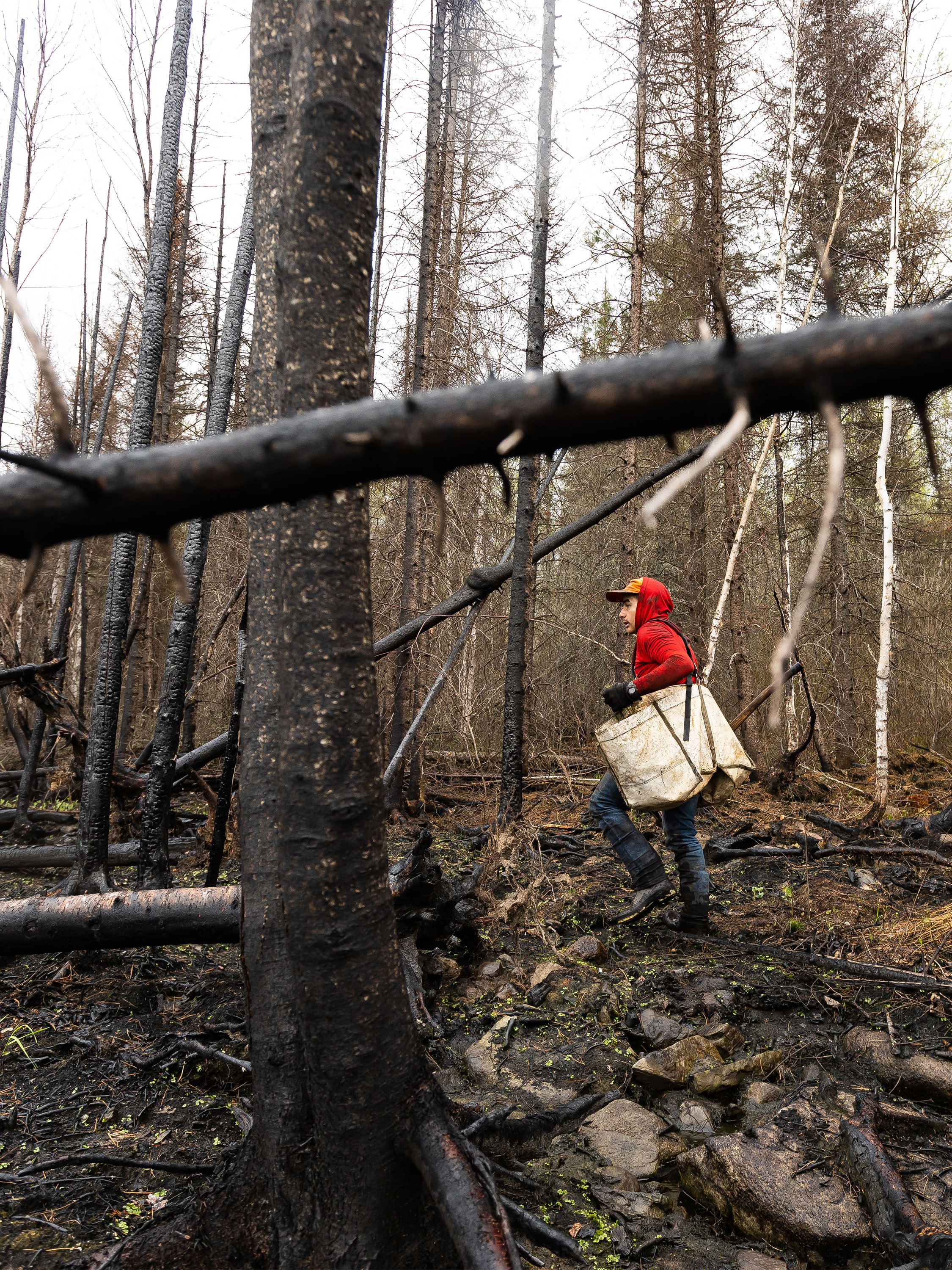
Explore Our Work in the Forest
Trees for Trout
We're restoring climate-resilient forests to ensure the future of an essential Minnesota pastime—trout fishing.
The Need for Seed
To plant enough trees to meet our ambitious reforestation goals, we’re going to need seed. Lots and lots of seed.
Highway 61 Reforested
Replanting forests on the North Shore of Lake Superior is our route to forest resiliency.
Great Lakes Northwoods
This critical landscape provides high-quality freshwater, maintains species biodiversity, and naturally stores carbon.
Preparing for Climate Change
A warming climate exacerbates existing threats to our forests. Warmer temperatures allow pests to thrive and extend dry periods, which increases the risk of catastrophic wildfire that endanger lives and homes.
But forests are also part of the solution to climate change. Trees absorb carbon dioxide from the atmosphere, slowing the pace of warming. If we reforested one million acres in Minnesota, those trees could remove the equivalent of 1.6 million tons of carbon dioxide annually. That’s equivalent to removing 348,000 cars from the road each year.
We use science to inform our forest restoration and protection strategy. We’re planting “climate-smart” seedlings sourced from central Minnesota, a bit south of where we plant them in northern Minnesota. Doing so ensures that we’re growing trees that are native to the region, but which are more likely to have genes that are adapted to warmer temperatures, which increases their resilience to climate change. We also are ramping up our efforts to conduct prescribed burns on forestland to safely clear out vegetation that could fuel devastating wildfires and to restore habitat for native plants and wildlife. We’re helping to support high-quality carbon credits that give landowners incentives to keep carbon-rich forests intact.
Minnesota’s iconic forests provide so many benefits. That’s why we at The Nature Conservancy are advancing practical and innovative solutions to preserve their health and resilience to benefit people and nature.
Support our work in Minnesota
You can help us protect Minnesota's diverse plant and animal communities. Make a donation now to help us further our work to protect land and water, provide food and water sustainably and tackle climate change.
Stay Up to Date on Our Forest Work
Sign up for Nature News for the best stories, news and opportunities. Get a preview of Minnesota's Nature News email.


